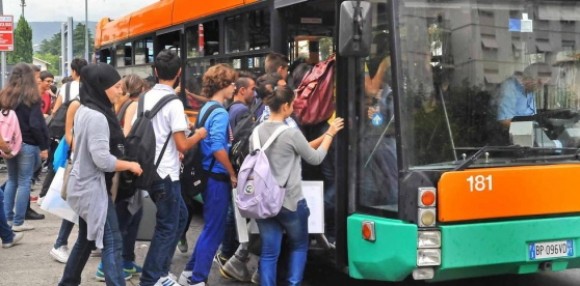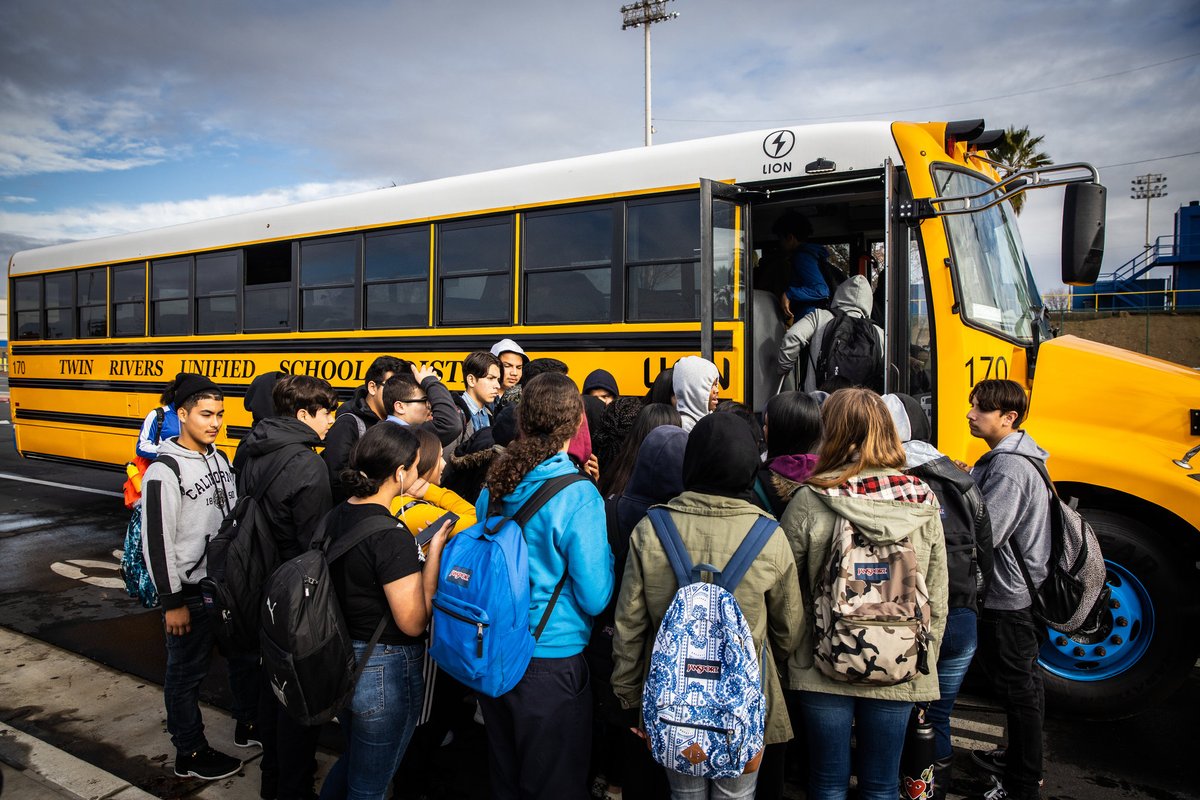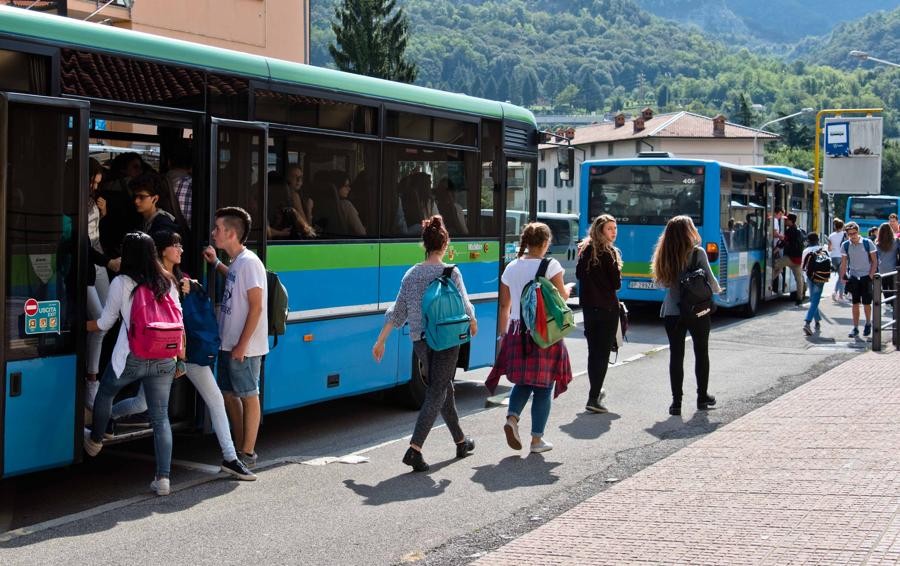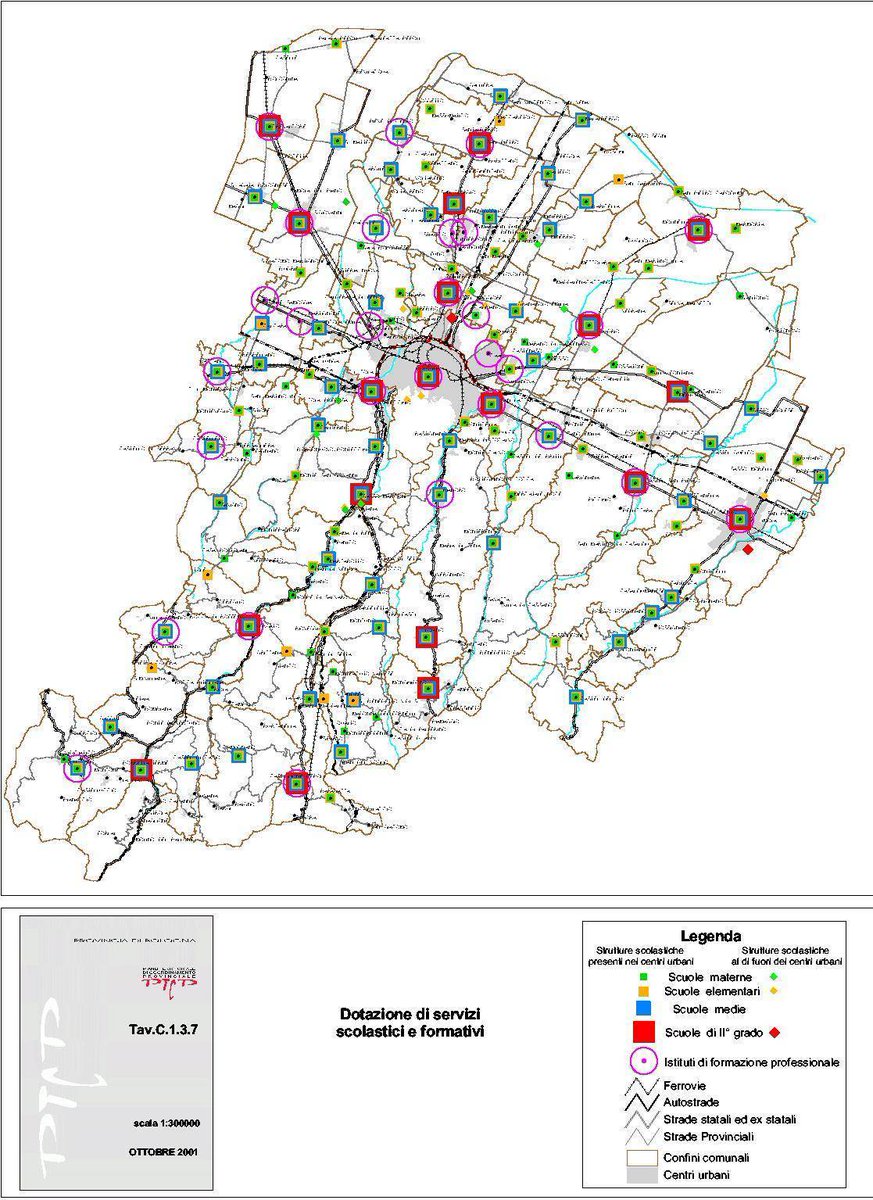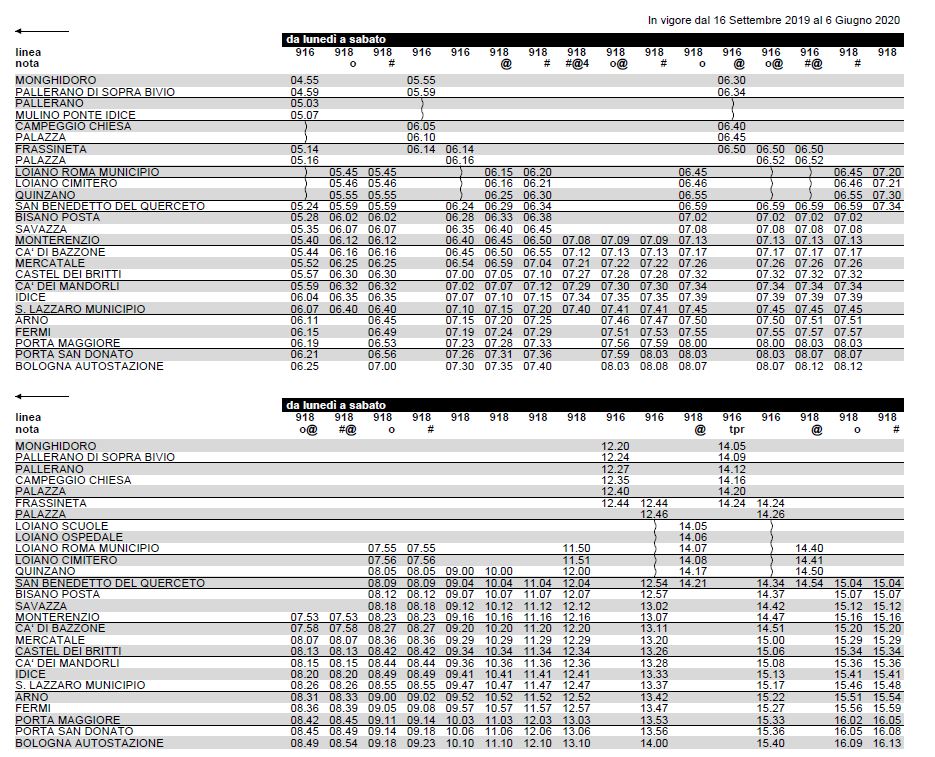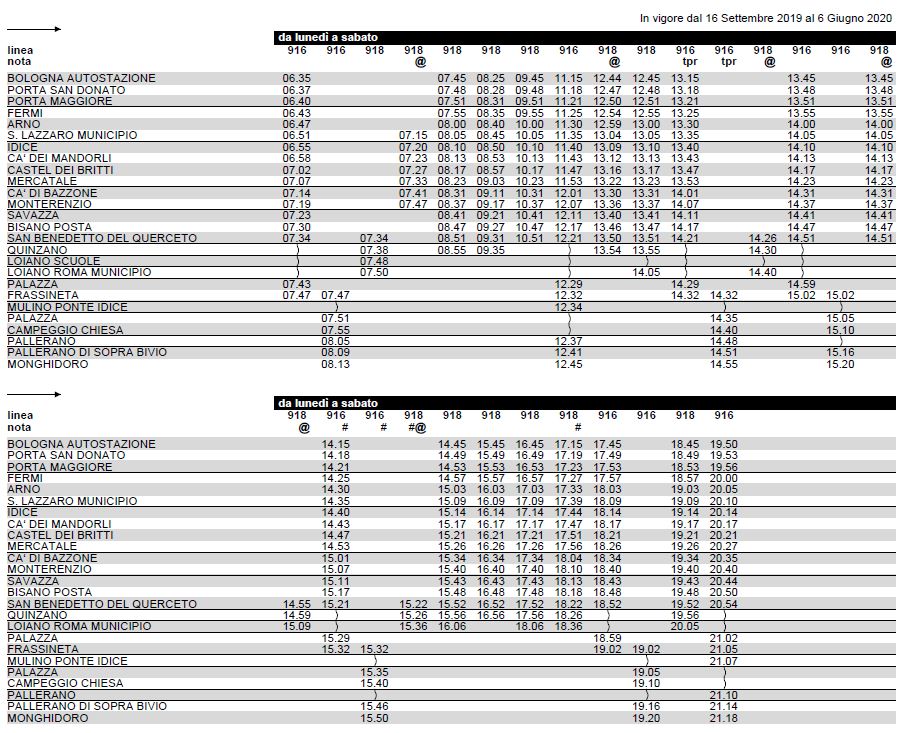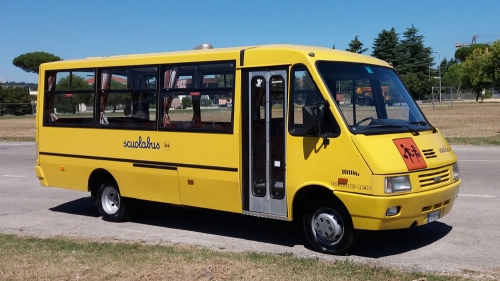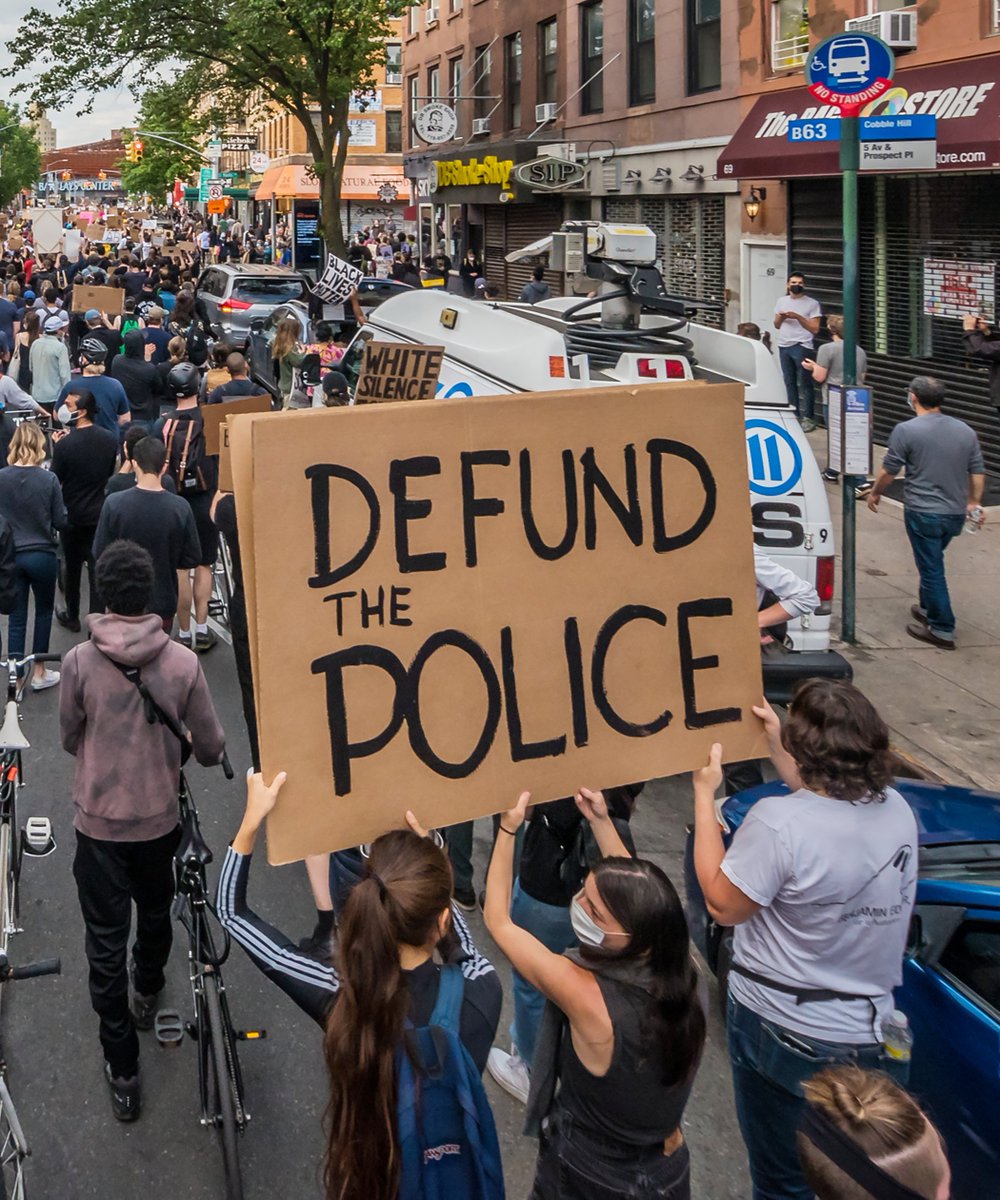1/ For whom do we run transit?
Are students “normal” transit users? Should they?
A thread about students as core transit users in Italy versus North American’s dedicated iconic "yellow" school bus system, as an insight into institutional "particularism" in Canada and the US
Are students “normal” transit users? Should they?
A thread about students as core transit users in Italy versus North American’s dedicated iconic "yellow" school bus system, as an insight into institutional "particularism" in Canada and the US
2/ Before starting this journey across the pond through student’s mobility practices, let me make what seems an oddly unrelated question:
for whom do we keep a police force?
In reality, it is not so unrelated, but I will come back to that point at the end.
for whom do we keep a police force?
In reality, it is not so unrelated, but I will come back to that point at the end.
3/ Wikipedia says that approximately half of the K-12 students in US uses school busses to reach their school. There are 484 K school busses in Canada and US that carry some 26.9 M students daily (25 M in other sources). That makes around 52 M trips (ass. go and back) each day.
4/ In comparison, according to APTA, 34 M daily trips are made daily by “generalist” public transit.
5/ How does students go to school in Italy ?
If one takes a bus or a train in the morning rush hour, especially interurban services connecting minor towns and villages with major centers, it will find it is packed of high school students (age 14-19).
If one takes a bus or a train in the morning rush hour, especially interurban services connecting minor towns and villages with major centers, it will find it is packed of high school students (age 14-19).
6/ In fact, older students (age>14) represents around 20% of daily transit users compared to only 7% of the general population. Between 50-60% of high school and university students use transit to reach their schools daily (this can vary widely between regions)
7/ For extra-urban busses and trains, older students (age>14) represent en even higher percentage, a little less than 30% of regular users. This is due to high levels of inter-city university commuting and to the territorial distribution patterns of high schools
8/ High Schools are organized by typologies, not by catchment areas. If one wants to go to a “liceo classico” or “liceo artistico” or a technical school, it should go to a different place, mostly located in medium to big urban centers, but never more than 20-30 km far
9/ This creates a hard core of “systematic” users for a diffused transit service even in less populated areas, as transit is a necessary tool of school accessibility, even if highly subsidized (farebox recovery of extra-urban services is extremely low, typically <15%)
10/ This pattern is reflected on a typical extra-urban transit timetable, with 3 peaks:
- an inbound AM peak (7h-9h30) for students and commuters;
- an outbound midday peak (12h30-14h30) for high school students;
- an outbound PM peak (16h-20) for commuters
- an inbound AM peak (7h-9h30) for students and commuters;
- an outbound midday peak (12h30-14h30) for high school students;
- an outbound PM peak (16h-20) for commuters
11/ At the same time, there are two (and a half) timetables during the year:
- a full service winter timetable, from mid-September to mid-June
- a summer timetable, without midday peak;
- a 2-weeks "deep summer" minimal timetable in August, when even workers are on holiday.
- a full service winter timetable, from mid-September to mid-June
- a summer timetable, without midday peak;
- a 2-weeks "deep summer" minimal timetable in August, when even workers are on holiday.
12/ the same pattern, even if much less pronounced, is present within urban transit services that have only slightly reduced services during the summer school break, as demand is more evenly distributed and students account for “only” 15% of urban transit users)
13/ For younger students - Elementary (age 6-11) and Middle school (11-14) – car drop off, walking or biking are the major mobility modes, as these schools are in close proximity and are accessible mainly according to catchment areas (even if it’s not mandatory).
14/ As the number of 12-K students walking/biking alone to school declined dramatically since the 1980s over safety concerns, many initiatives like “pédibus”, i.e. “walking bus”, have been put in place to reduce morning congestion around schools generated by drop-off
15/ In this context, dedicated school buses are a marginal service that cover very low populated areas or dispersed houses.
Most public funding is instead dedicated to finance free or extremely cheap monthly passes for students on "regular" transit
Most public funding is instead dedicated to finance free or extremely cheap monthly passes for students on "regular" transit
16/ On the other hand, in US (less so in Canada) transit appears as a hyper-particularistic institution, specialized for categories of users: the “yellow” buses for students, commuter trains for suburban white collars, LRT or subway for downtown workers, buses for the commoners.
17/ But how does this have anything to do with policing institutions, as I suggested in the beginning?
18/ This thread come from the fact that only recently I discovered how many police bodies there are in US. All levels of government can have their own particular police and jurisdiction, so do transit agencies, universities and school boards, national parks, etc.
19/ From a European perspective, this sounds weird. The monopoly of force by the State is a constitutive element of modern states. In most democratic states, this power is vested in a handful of centralized institutions working under the supervision of the judiciary system.
20/ Similarly, transit in most of Europe is intended as a “universalistic” (i.e. for all regardless of why they go around) institution with little specialized services. To my knowledge, this is true for most of Europe and also for Japan, and other Asian democracies.
21/ I don’t know which system is better, but I realized entirely only now there is a constant pattern of “being with your own kind” in the way spatially bounded institutions (school boards, transit agencies, city boundaries, police jurisdictions, etc.) are organised in N-A
22/ That "particularism" (that is not just racially defined but also part of a broad idea of a society made of "fraternities", "clubs", etc.) could be the reason behind the lack of proper "universalistic" transit in most of the US, more than density or other physical patterns.
23/ To be clear: there is no judgement in what I said. I just happened to have an epiphany (and maybe a clumsy one), I wanted to share after a hectic working day and a twitter exchange about rural transit yesterday https://twitter.com/ChittiMarco/status/1276284219455668229?s=20">https://twitter.com/ChittiMar...

 Read on Twitter
Read on Twitter